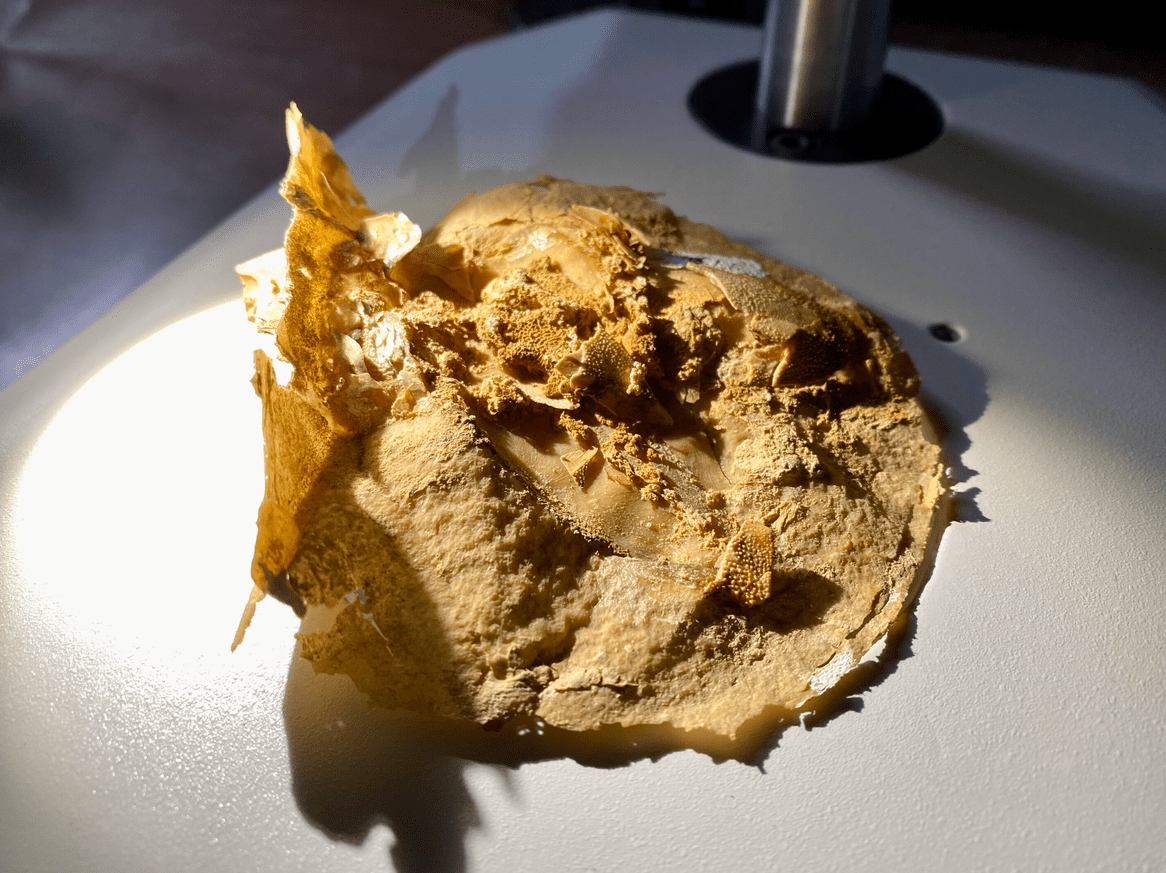A recent discovery of a 380-million-year-old heart left researchers in awe, but it is quite the deal when it comes to evolutionary history.
The 380-million-year-old heart, the oldest ever found, coupled with a separate fossilized liver, stomach, and intestine (can you imagine that?), was found in an ancient jawed fish. Read the full report below and learn more about the curious case of the heart.
The Secrets of An Ancient Heart
Evolution is often thought of as a series of small steps, but these ancient fossils suggest there was a larger leap between jawless and jawed vertebrates. These fish literally have their hearts in their mouths and under their gills—just like sharks today, explained Kate Trinajstic from Curtin’s School of Molecular and Life Sciences and the Western Australian Museum.
According to new research, the newly discovered anatomy of arthrodires, an intriguing class of extinct armored fishes that flourished somewhere between 419.2 million years ago and 358.9 million years ago, is similar to that of modern sharks.
What’s more curious is how the discovery provides crucial new evolutionary hints!
And as per Prof. Trinajstic’s findings, those characteristics were advanced in such early vertebrates, and they actually give a rare glimpse into how the head and neck area started to adapt to accommodate jaws. That’s a huge step in the evolution of our bodies, too!
Check out the photo below:

The study is also providing the first 3D model of an intricate, two-chamber arthrodire with an S-shaped heart, with the smaller chamber sitting on top. Fantastic!
FACT: the fossils were found in Western Australia’s Kimberley area in the Gogo Formation, formerly a sizable reef.
The Gogo arthrodires are now the most thoroughly understood jawed stem vertebrates. This latest discovery of mineralized organs, along with earlier data regarding embryos and muscles, clarifies an evolutionary transition on the line to living jawed vertebrates, which includes mammals and humans.












Leave a Reply